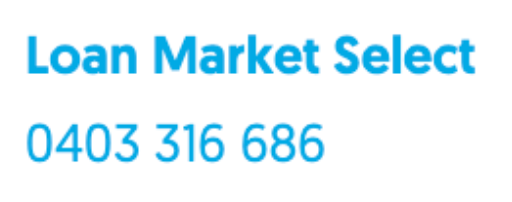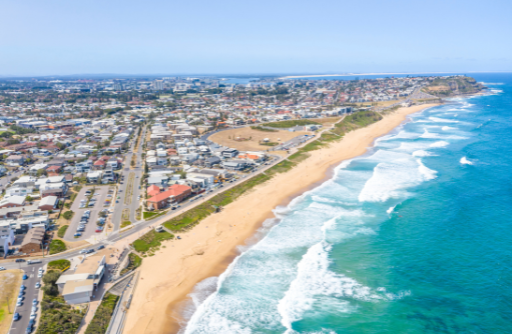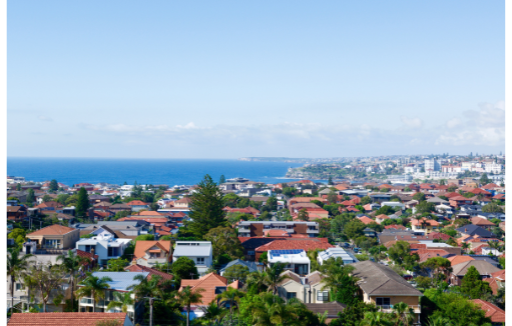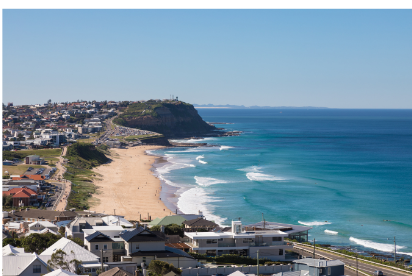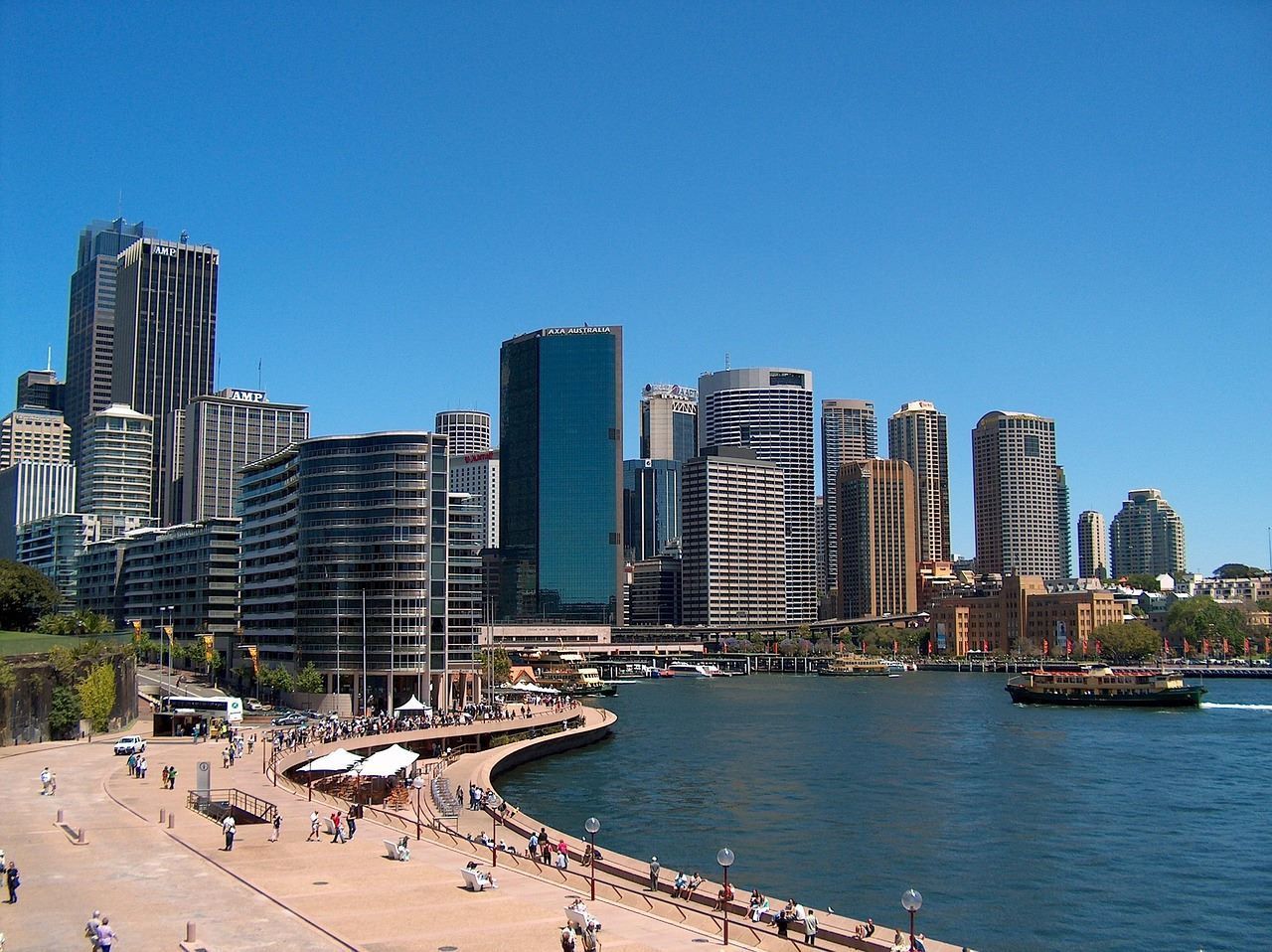What Is a Low Doc Loan? Northern Beaches Homebuyers’ Guide
Buying a home is never easy, especially when your income doesn’t fit neatly into standard boxes. If you’re a business owner or self-employed in the Northern Beaches, you've probably already hit a few speed bumps in the mortgage process.
Standard loans often require extensive proof of income—something that’s a little more complicated for those with irregular income.
This is where low doc loans can come to the rescue, offering more flexible options for people who can’t easily provide standard financial documents. With the help of experienced mortgage brokers, you’ll have guidance at every step, ensuring you find a solution that fits your situation.
In this guide, we’ll explore exactly what low doc loans are and how they can make a real difference for Northern Beaches homebuyers. Let’s dive in!
🏡 Need Home Loan help?
We've helped thousands of locals.
Just call us on 0403 316 686
Or visit our website homepage
What Is a Low Doc Loan?
A low doc loan (or low documentation loan) is specifically designed for people who don’t have the usual paperwork that lenders require for a standard home loan. Think about self-employed individuals, freelancers, or contract workers—people who might not have regular payslips or a steady, consistent income.
Instead of providing traditional documents like tax returns or full financial statements, borrowers submit alternative paperwork such as business activity statements (BAS) or a signed income declaration form. Low doc loans allow more flexibility, which is perfect for self-employed borrowers who don’t fit the traditional income mould.
Key Features of Low Doc Loans:
- Less paperwork: You won’t need to submit as much documentation as with regular loans.
- Flexible income verification: Alternative ways to prove income, like bank account statements, BAS, or an accountant’s letter.
- Larger deposit: Often, low doc loans require a bigger deposit compared to standard loans—usually around 20%.
- Lenders mortgage insurance (LMI): If your deposit is less than 20%, you may need to pay for LMI.
The Northern Beaches Property Market in 2024: Why Consider a Low Doc Loan
The Northern Beaches property market in 2024 remains as competitive as ever. Median house prices have surged to around $2.5 million with unit prices sitting at $1.1 million (CoreLogic).
High demand and tight supply have driven auction clearance rates to over 80%, making it critical for homebuyers to secure financing quickly and efficiently. For self-employed Australians or those with irregular income, a low doc loan is an ideal option in this environment.
As major lenders tighten their criteria for standard home loans, a low doc loan offers flexibility in proving your income with business bank statements, BAS, and an income declaration form, rather than the typical tax returns or financial statements. This allows self-employed borrowers to get their foot in the door without facing delays or denial due to non-traditional income streams.
Considering the pace of the current market and rising property values, having flexible financing options like a low doc loan can give you a competitive edge. With quick approvals and less red tape, you can move forward confidently and lock in your property dreams before prices climb even higher.
How Do Low Doc Loans Differ from Standard Loans?
The biggest difference between low doc loans and traditional home loans is the documentation required. With a regular home loan, you typically need:
- Tax returns from the past two years.
- Business bank statements (for business owners).
- Full financial statements and proof of regular income.
In contrast, low doc loans focus more on:
- BAS statements or accountants’ letters.
- Three to six months of personal bank statements or transaction statements.
- An income declaration stating what you earn.
Benefits of Low Doc Loans:
- Faster approval: Less paperwork means quicker processing times.
- Flexible criteria: Self-employed people who can’t provide regular proof of income still have a chance at securing a loan.
- Property valuation-based lending: The amount you can borrow often depends on the property valuation rather than just your income.
However, these loans often come with higher interest rates compared to regular home loans, given the increased risk for the lender. A strong credit history and larger deposit can help lower the rate.
🏡 Need Home Loan help?
We've helped thousands of locals.
Just call us on 0403 316 686
Or visit our website homepage
Types of Low Doc Loans
Low doc loans come in various forms to suit different needs and goals. Whether you're looking to purchase a home, invest in property, or manage your business finances, there’s likely a low doc option that can work for you.
Below are the most common types of low doc loans available, each offering flexibility in the documentation required.
Low Doc Home Loan
This loan is perfect for self-employed borrowers who want to purchase a residential property but don’t have traditional proof of income like payslips or recent tax returns. Instead, you can provide alternative documentation, such as bank statements, a declaration of income, or BAS.
Low Doc Investment Loan
Ideal for those looking to buy an investment property. This option lets you secure financing without the need for full financials. It’s great for self-employed individuals aiming to expand their property portfolio while navigating the market with more flexibility.
Low Doc Business Loan
For business owners seeking funding to grow or sustain their business, a low doc business loan offers a way to borrow based on your business’s performance. Lenders will often require business bank statements or BAS to assess your ability to repay.
Low Doc Debt Consolidation Loan
If you’re juggling multiple debts, a debt consolidation loan helps you merge those debts into one, often with lower repayments. This can be an excellent option for self-employed borrowers managing various personal and business debts with irregular income streams.
What is the Low Doc Loans Application Process
The doc loan application process isn’t too different from a regular loan, but you’ll need to provide alternative documentation. Here’s what you can expect:
- Prepare alternative paperwork – Collect your BAS, bank statements, and accountant’s letter.
- Income declaration – You’ll need to sign a form stating your income.
- Credit check – Lenders will still check your credit rating to ensure you’re a reliable borrower.
- Property valuation – Lenders will assess the value of the home you’re looking to buy.
- Loan approval – If everything checks out, you’ll be approved for the loan.
Eligibility and Requirements for a Low Doc Loan
To qualify for a low doc loan, you’ll need:
- A valid Australian Business Number (ABN) if you’re self-employed.
- Proof of irregular income or alternative documentation, such as bank statements or BAS.
- A larger deposit—typically at least 20% of the property’s value.
- A reasonable credit score—even though income proof is flexible, lenders still care about your creditworthiness.
Some lenders may also request an accountant’s letter to verify your income. If you’re self-employed, keeping clean financial records can make the application process smoother.
Case Study: James, a Sole Trader in Northern Beaches
Let’s take James, for example. He’s a sole trader who runs a digital marketing business in Manly. His income fluctuates, with busy months in summer and quieter periods in winter. When James wanted to buy a $1.8 million property, he struggled to get approval from major banks for a standard loan.
James approached a mortgage broker specialising in low doc loans. By submitting 12 months of business activity statements, three months of personal bank statements, and an income declaration, he successfully secured a loan with a competitive rate.
His broker also helped him avoid paying lenders mortgage insurance by arranging a 25% deposit. Now, James owns his dream home, without the hassle of providing extensive paperwork.
🏡 Need Home Loan help?
We've helped thousands of locals.
Just call us on 0403 316 686
Or visit our website homepage
FAQs
How much deposit do I need for a low doc home loan?
For a low doc home loan, the standard deposit is typically around 20% of the property’s value. This type of loan comes with more flexible lending criteria, especially for self-employed applicants who may not have regular proof of income.
Keep in mind, if you provide less than a 20% deposit, you may need to pay lenders mortgage insurance (LMI), and the loan interest rates might be higher due to the perceived risk by the lender.
Is 5% enough for a house deposit?
While some traditional loan products may allow a 5% deposit, it’s generally not enough for a low doc loan. Low doc loans often require a larger deposit, usually starting from 20%.
This is because documentation home loan options are considered higher risk, so lenders often expect a higher initial contribution to protect their investment. Use a loan calculator to assess how a smaller deposit impacts your loan repayments and overall borrowing power.
Can you get a loan on ABN?
Yes, you can secure a low doc loan with an Australian Business Number (ABN), especially for self-employed applicants or small business owners.
Lenders will evaluate your borrowing power based on alternative financial documentation like business bank statements or a declaration of income. This is a common solution for those without standard financials, and it's available for both residential and commercial property purchases.
What is the generally accepted maximum LVR for a low document loan?
The Loan-to-Value Ratio (LVR) for a low doc loan is typically capped at 80%. This means you’ll need to provide a 20% deposit. Lenders may offer higher LVRs in some cases, but this often comes with higher loan interest rates, variable rate options, and possibly Lenders Mortgage Insurance (LMI).
Always check the comparison rate to get a better idea of the total cost of your loan over time.
How much deposit do you need for a small business loan?
For a low doc small business loan, you usually need a deposit of around 20% to 30%, depending on the lender and the type of business. Some doc loan solutions offer unsecured loans, but they often come with higher loan interest rates and more stringent lending criteria. The loan term and loan features will depend on your business’s financial stability and income ratio.
Is it hard to get a low doc loan?
Getting a low doc loan can be slightly more complex than a traditional loan due to stricter income ratio requirements and the need for alternative documentation, such as BAS, bank statements, or an accountants’ letter.
However, if you have a stable business, a good credit score, and can meet the lender’s loan products criteria, it’s very achievable. Working with loan experts can streamline the application process.
What is the difference between a low doc and a full doc loan?
The key difference between a low doc loan and a full doc loan is the documentation required. Full doc loans need complete financial records like tax returns and proof of income, while low doc loans are for self-employed applicants with irregular income, offering alternative proof.
Full doc loans usually have lower interest rates, while low doc loans may require a larger deposit and have higher rates. Both offer fixed or variable rate options, but full doc loans often provide more features.
Final Thoughts
Low doc loans offer a flexible path to homeownership, especially for self-employed individuals or those with unique financial situations. While they may come with different requirements compared to traditional loans, they can open doors that might otherwise remain closed. Understanding your options and having the right advice can make all the difference.
If you're considering a low doc loan or need expert guidance on the best loan solutions for your situation, our team at Mortgage Brokers Northern Beaches is here to help. Give us a call at 0403 316 686 or visit Mortgage Brokers Northern Beaches to get started on your path to owning your dream property.

Need home loan help?
Simply contact our experts today, we can help.
CONTACT US
We're Mortgage Brokers Northern Beaches, your local brokers and part of the Loan Market Select team in North Sydney.
You can find our local office here:
1303/213 Miller St, North Sydney NSW 2060
FOLLOW US
HANDY LINKS
All Rights Reserved. SEO by Copyburst
